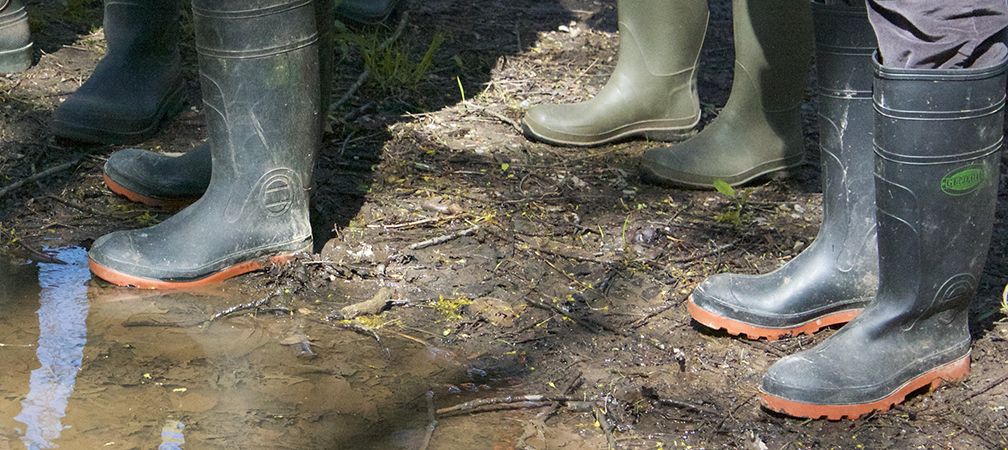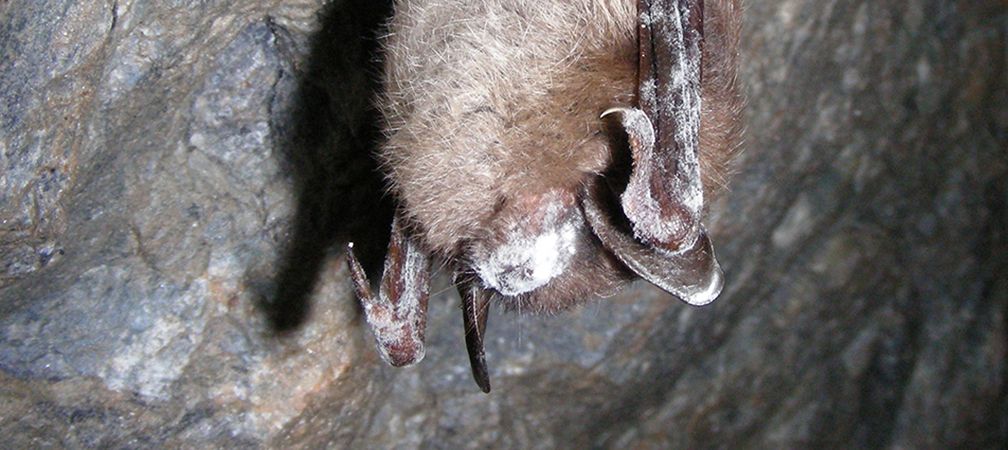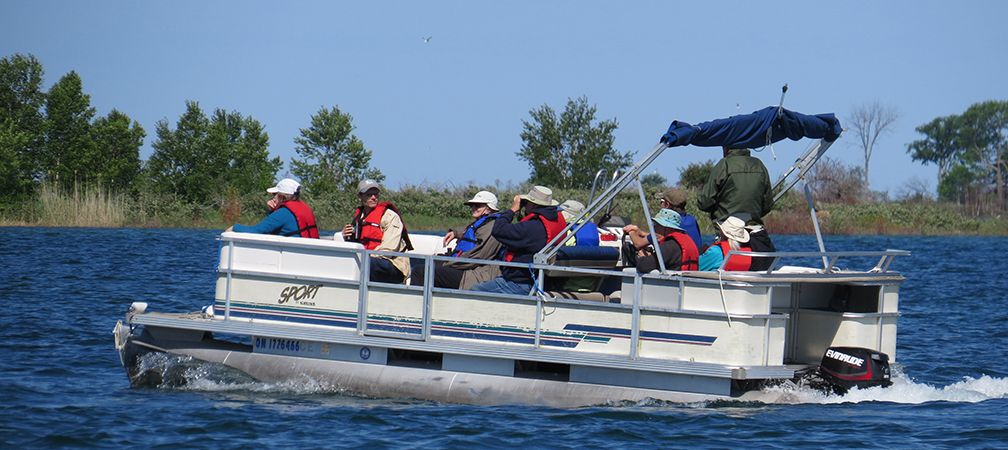Ontario Nature Blog
Receive email alerts about breaking conservation
and environmental news.
© Lora Denis
Invasive phragmites along a roadside © Emma Horrigan
Warm weather is here, and people have started to travel across the province from near and far. Images of canoeing across a glassy lake, reeling in a feisty fish, or sharing a laugh around a crackling campfire often come to mind during the summer months. Many Ontarians enjoy spending time in nature, but recreation without taking certain precautions can spread invasive species across the province and beyond.
Invasive species are often quick to establish themselves in a new location and can be detrimental to ecosystems as they outcompete native species for resources. The following are some ways that nature lovers can help protect the beautiful landscapes that we all enjoy and rely on.

All your gear – like hiking boots, tents, bikes and clothing – should be cleaned before travelling to a new region. Invasive plant seeds, like the millions that purple loosestrife can create each season, can get stuck in crevices or mud on your equipment and easily hitch a ride to your next destination.
Likewise, White Nose Syndrome, a fungal infection that has infected and killed many of the bat species in Ontario and across North America, was likely introduced through a tourism cave in New York after being brought over from Europe. It may be spread by people after spores are transferred from infected caves on clothing and equipment.

For those who fish, bait should never be dumped directly into a waterbody. Not only is it bad for the environment; it is against the law to dump your live and dead bait or baitfish closer than thirty metres to a waterbody. When buying bait, you should check with the retailer to make sure it is local to the area. These measures help prevent invasive species and fish diseases like viral hemorrhagic septicemia from spreading between waterways.
Once you are off the water it is important to thoroughly clean, drain and dry your boat and other equipment so aquatic invasives like spiny water fleas, zebra and quagga mussels are not transferred to the next lake you visit.

Transporting firewood can be a dangerously efficient way to spread invasive species such as emerald ash borer and other pathogens. When camping and looking to make a fire, it is best to buy from a local source or find dead and downed wood to burn where it is permitted.
You can report sightings of invasive organisms to the Invasive Species Centre by using the EDDMapS website or by using the mobile app. You can also connect with a local conservation authority, field naturalist group or environmental organization to see if they are holding any invasive species removal events near you. Ontario Nature has held invasive species pulls at some of our conservation reserves, as well. To stay tuned to upcoming events near your area, please subscribe to our email list.

Gananoque Lake Nature Reserve © Smera Sukumar